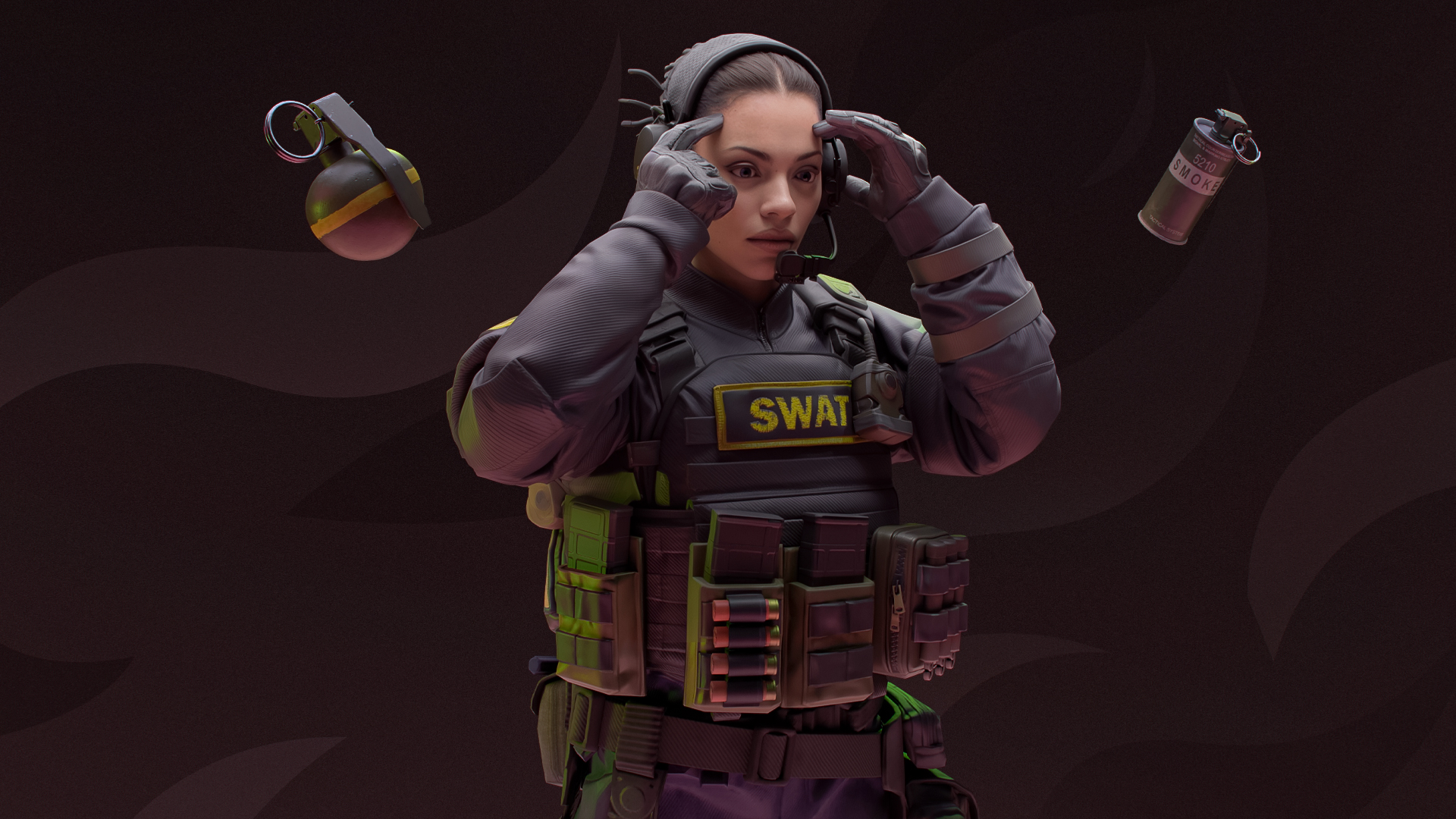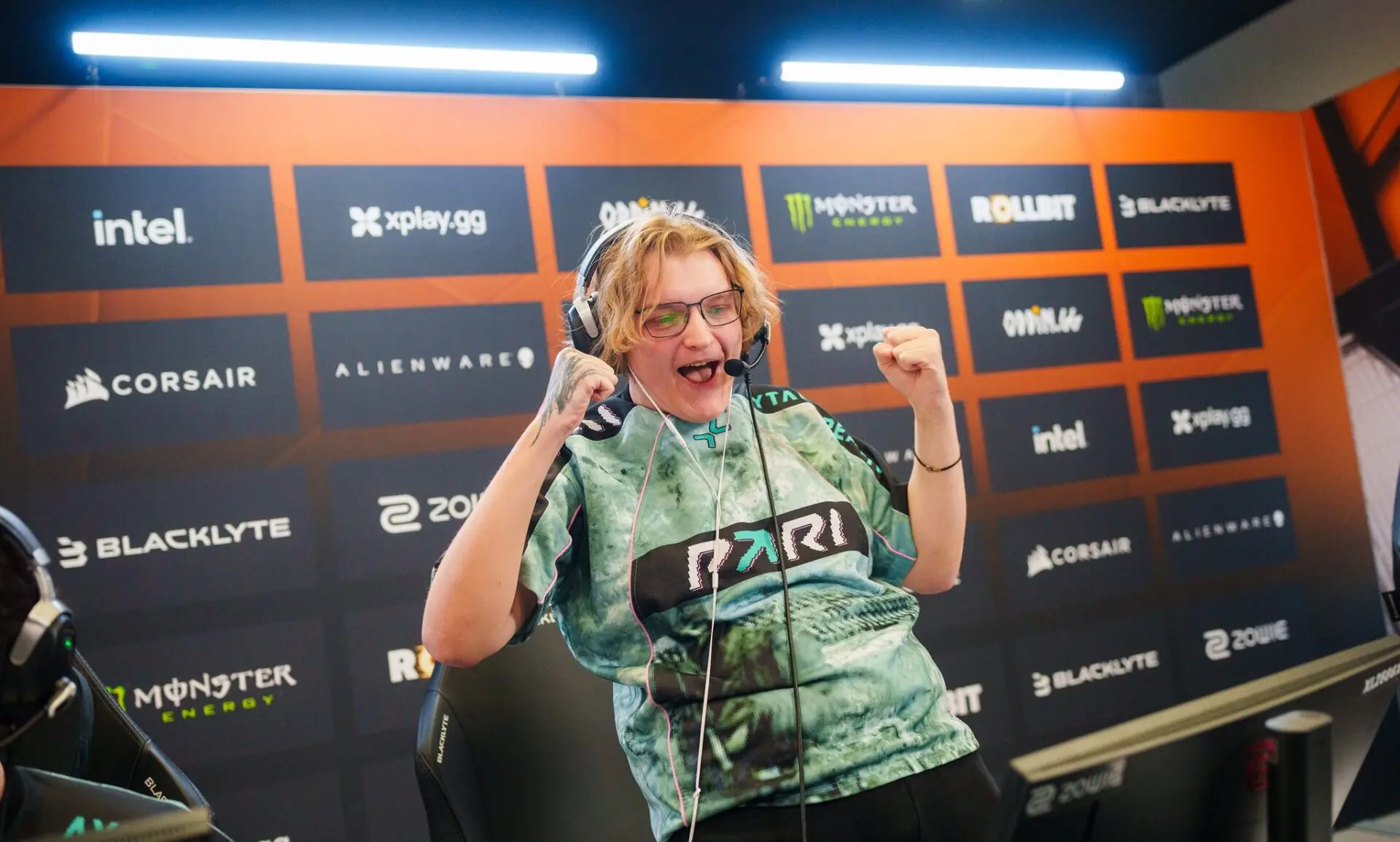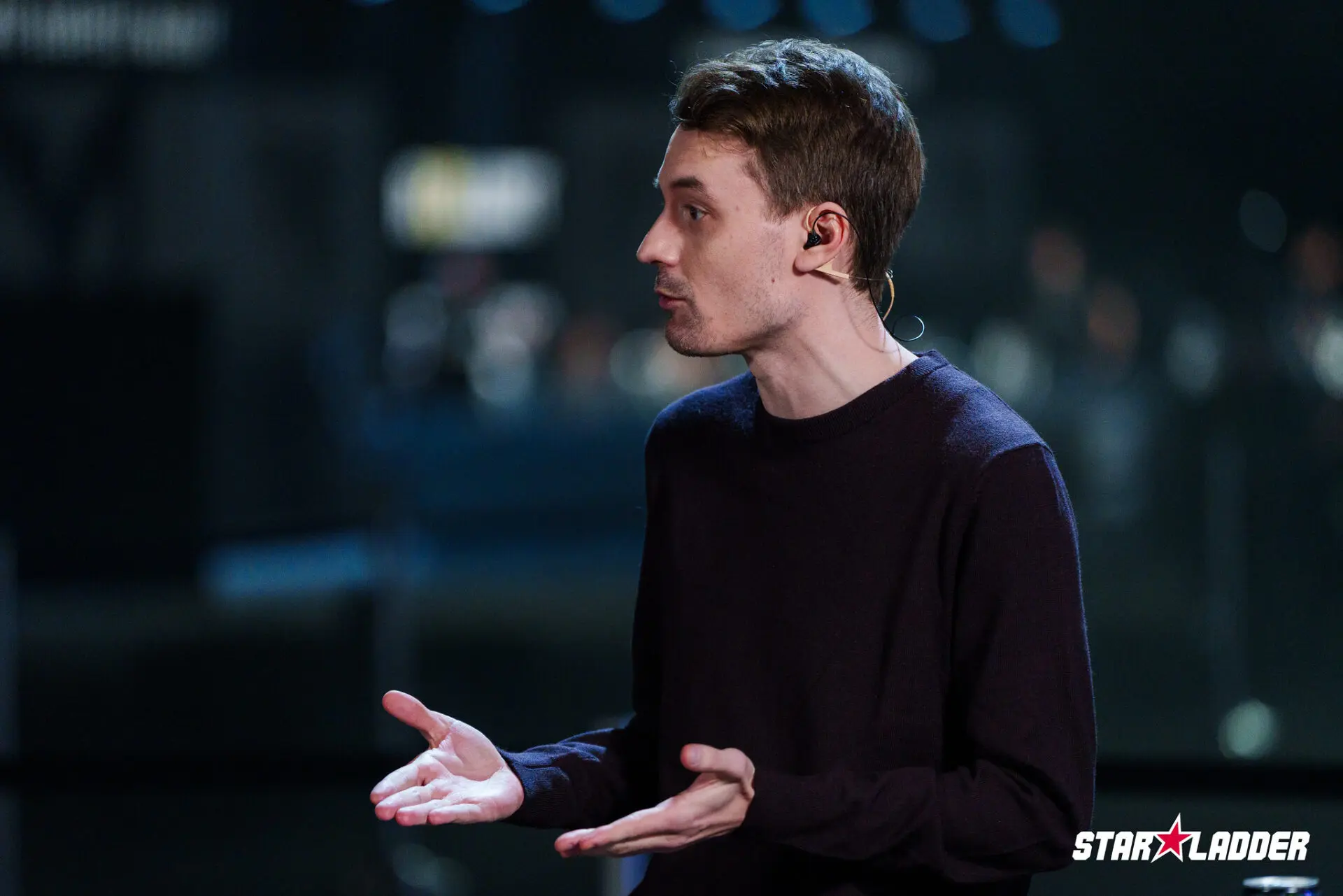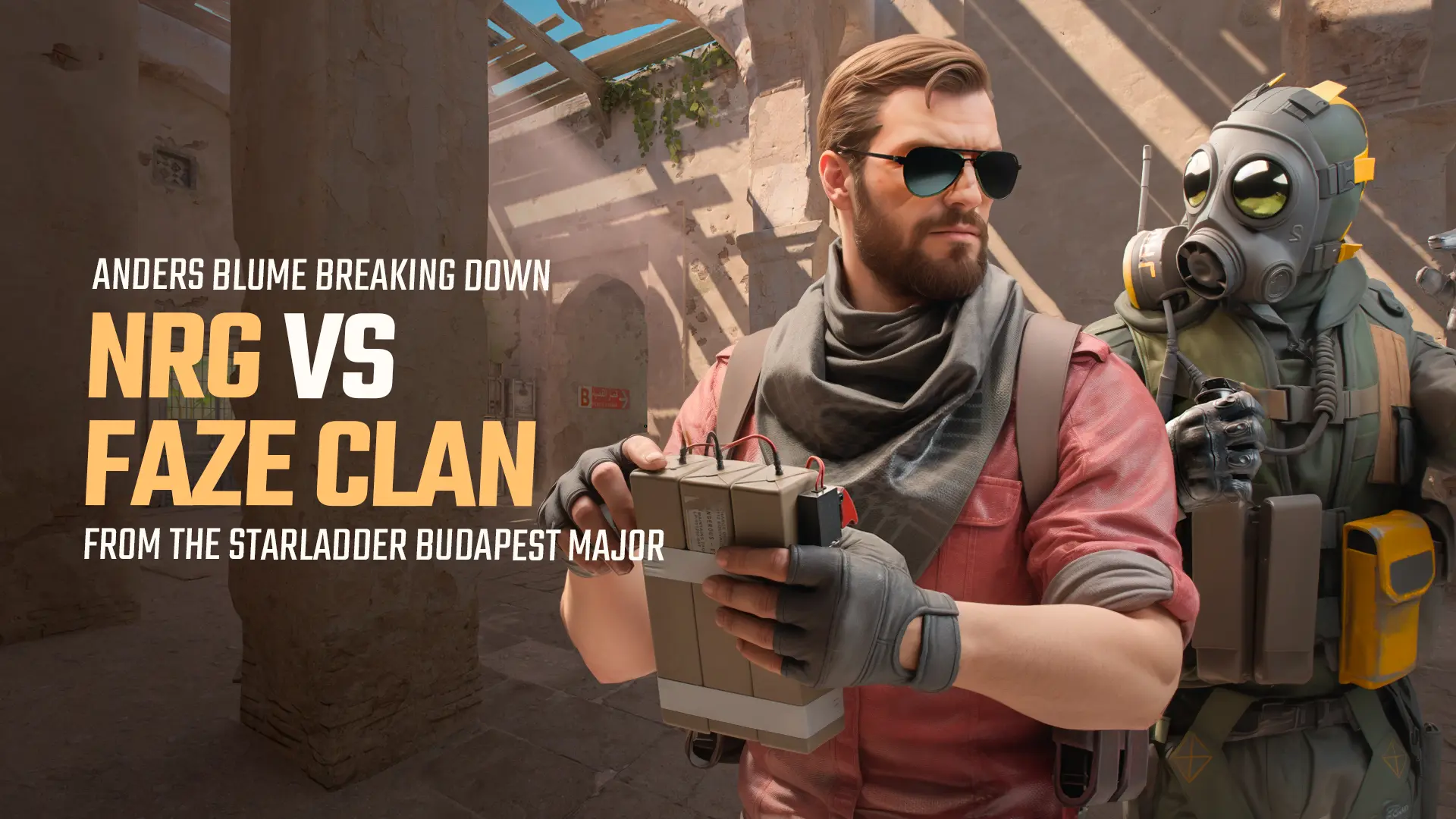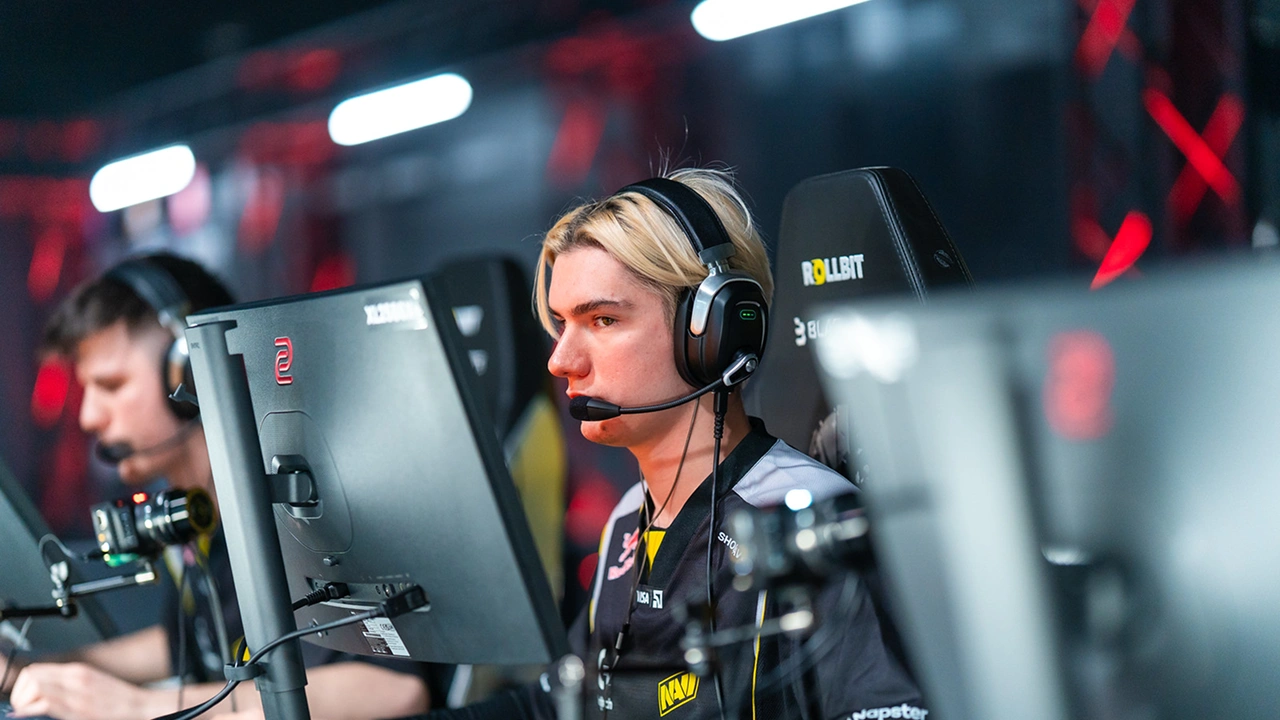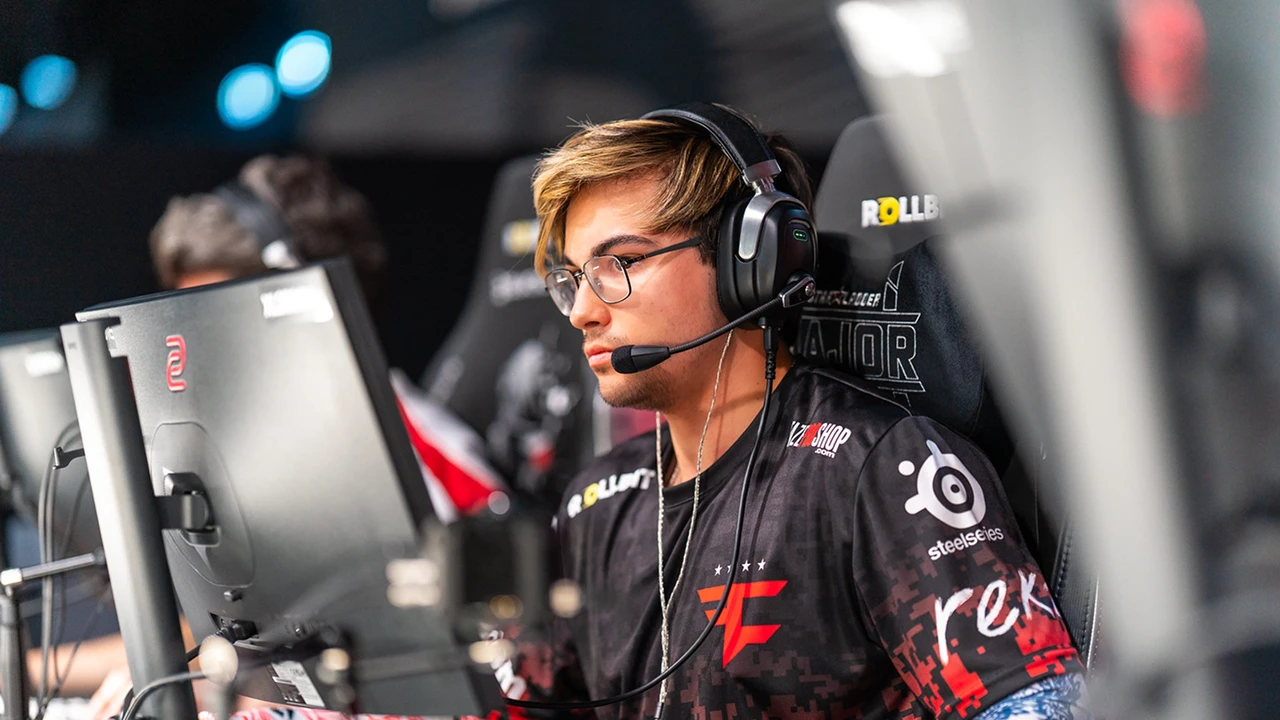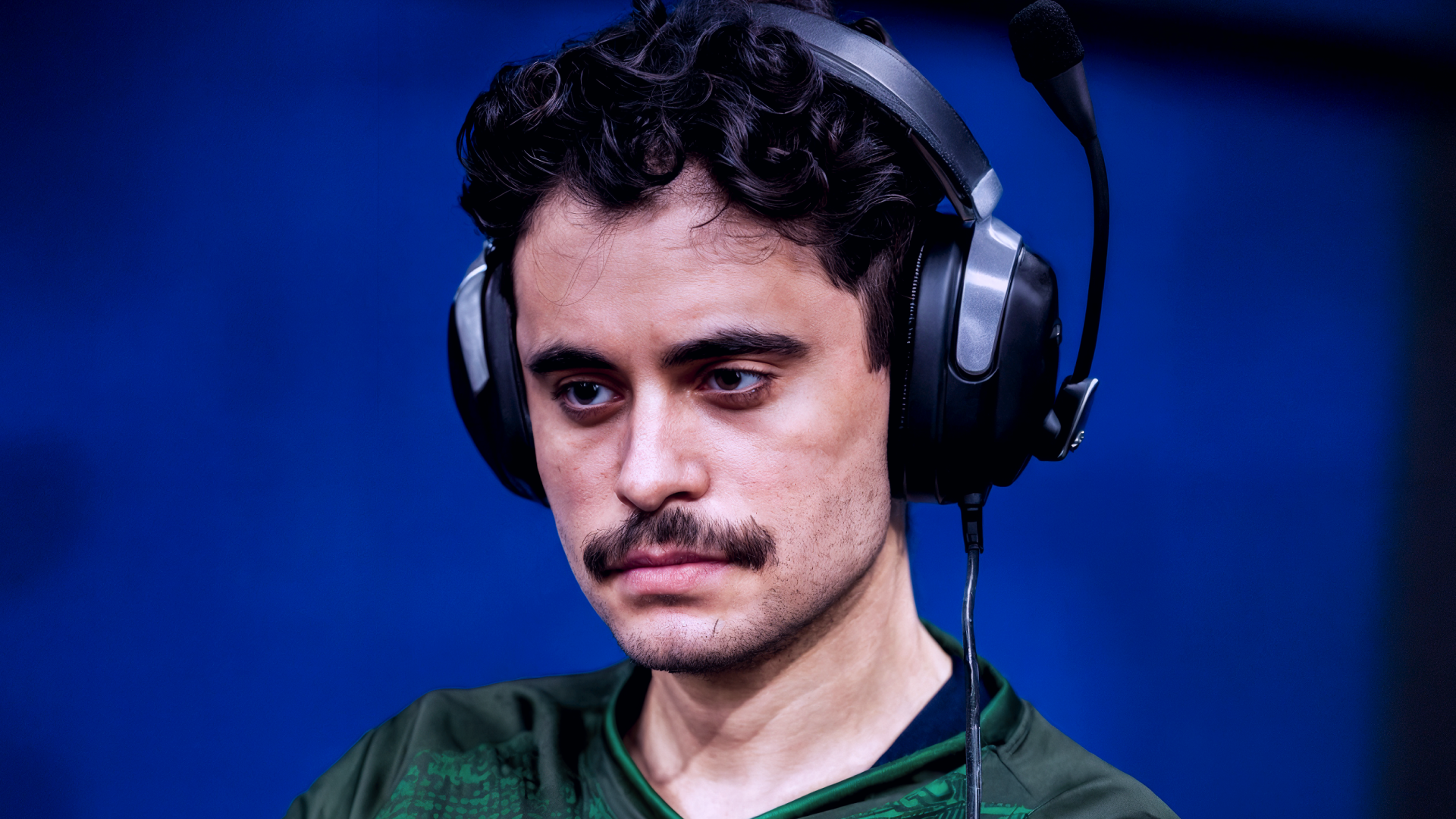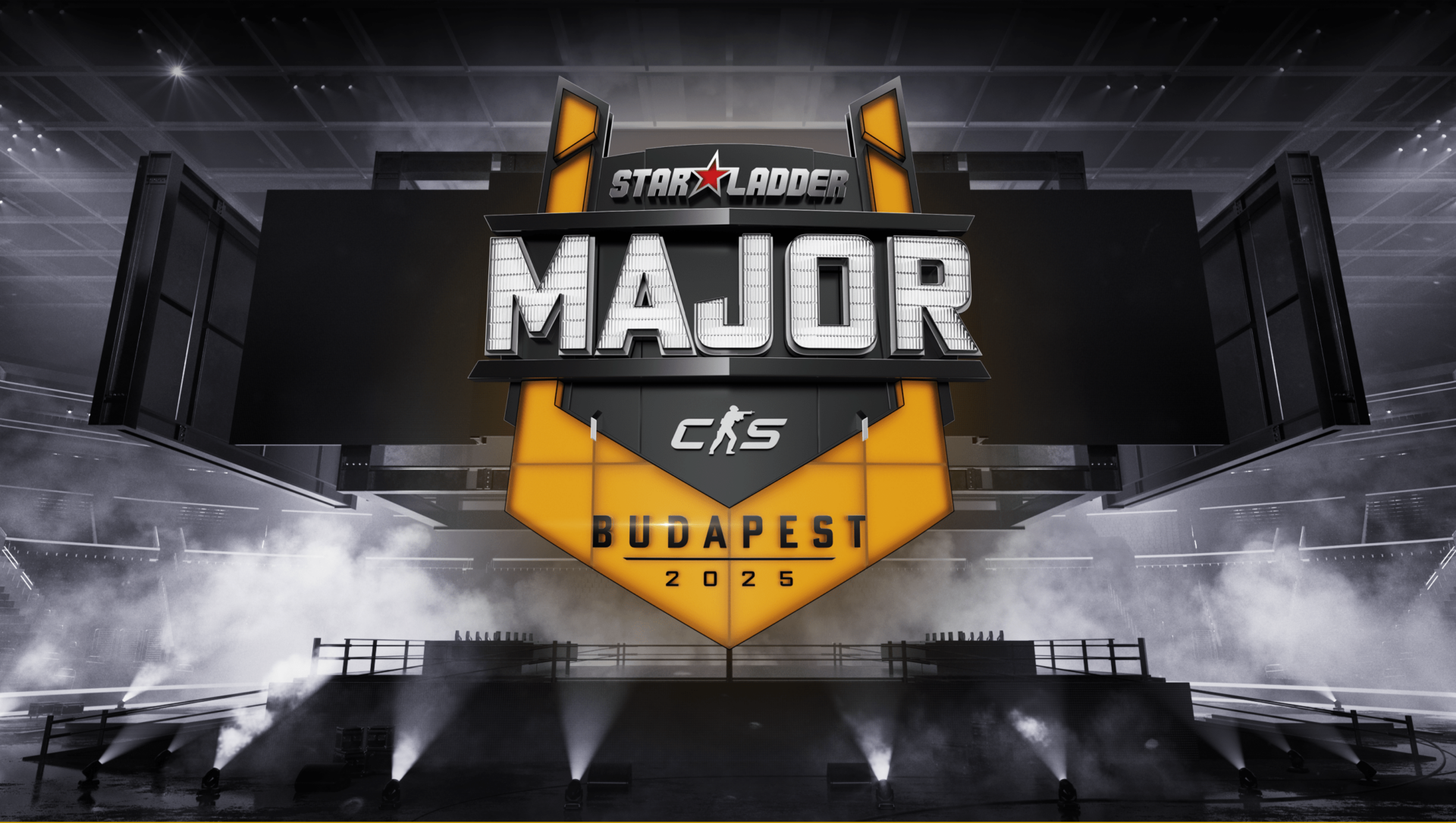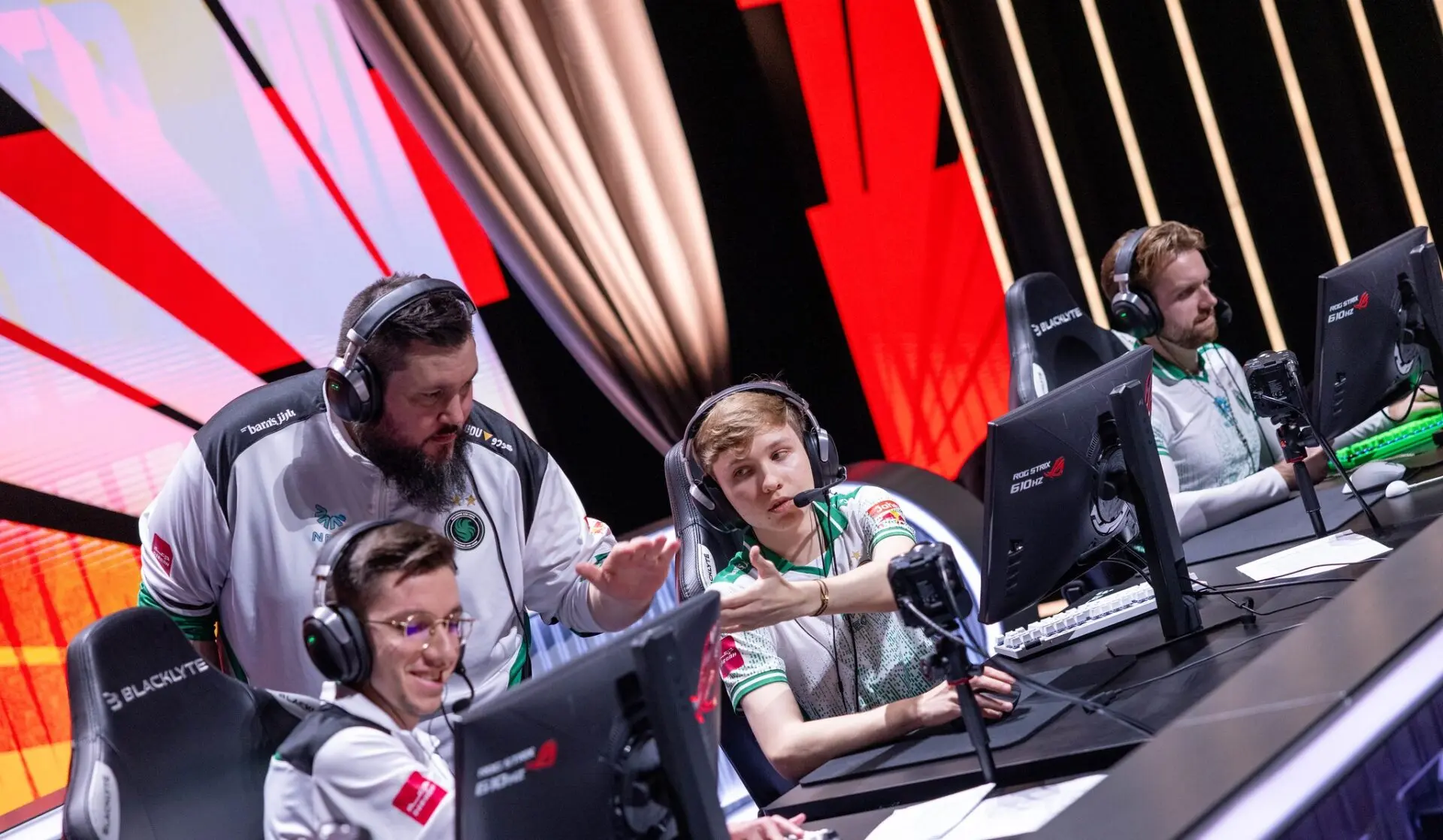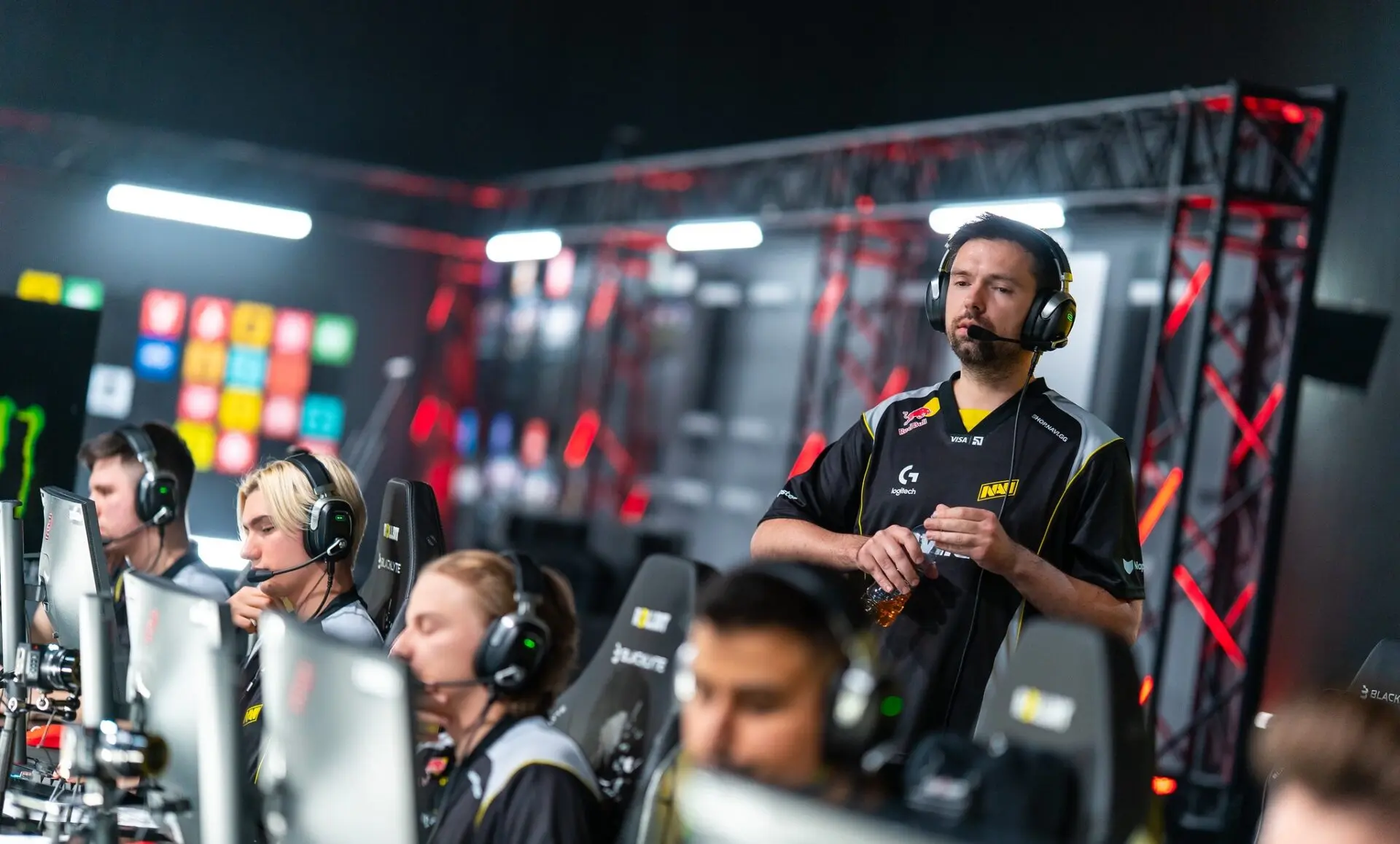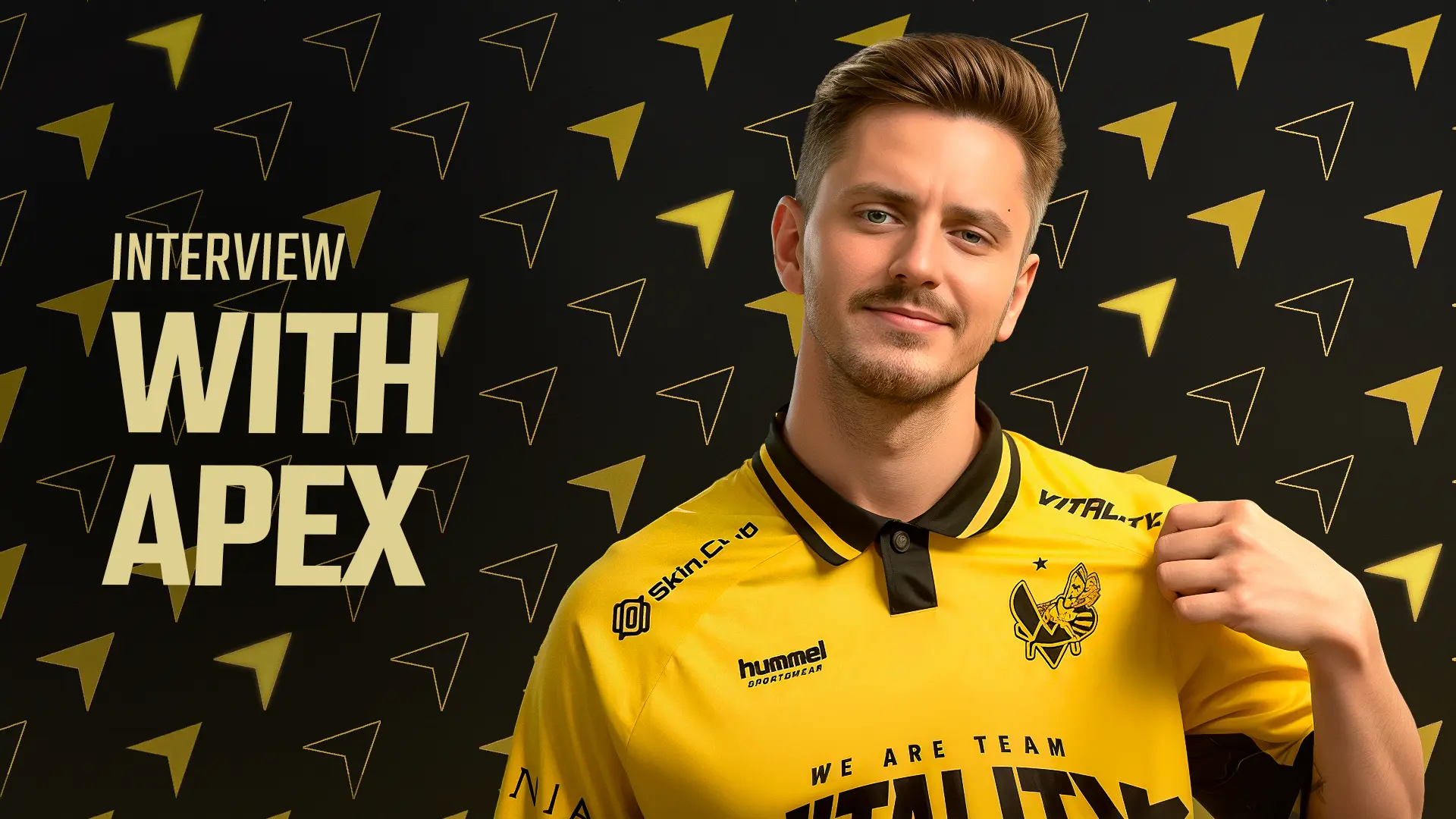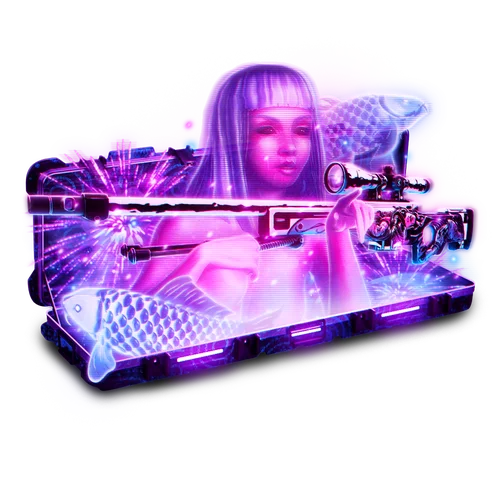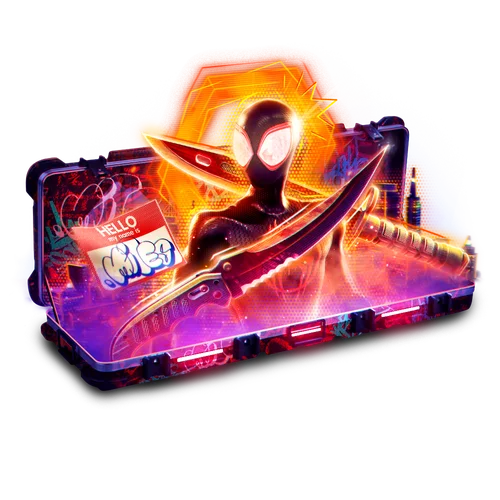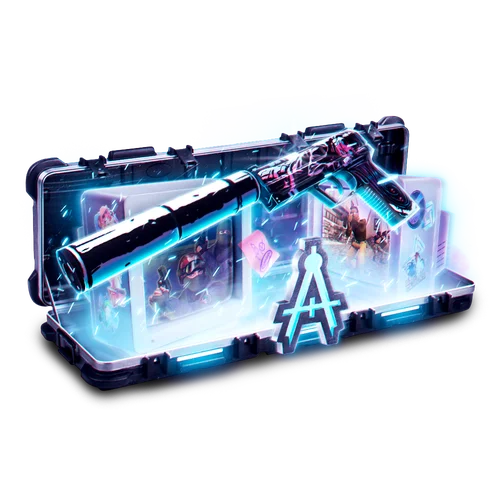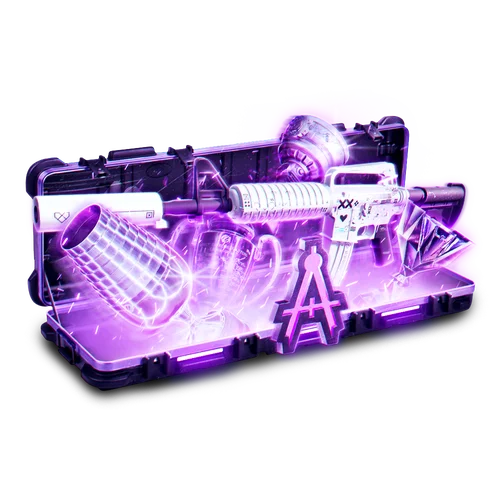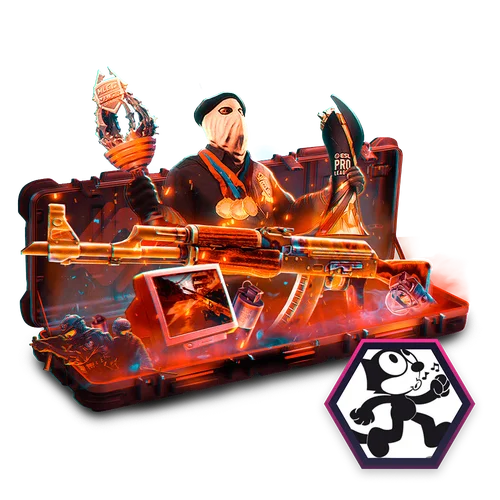If you’ve watched professional Counter-Strike for any length of time, you’ve probably noticed a strange pattern. Suddenly every team seems to throw the same smokes, take map control in the same way, or favor the same weapon setups. It’s not a coincidence. It’s what players call “the meta.”
The meta is like the invisible rulebook of Counter-Strike. It’s the current state of how the game is played at the highest level from he strategies, weapon choices, and approaches that everyone believes to be the most effective. Understanding it doesn’t just matter for pros. It shapes how every player, from the best IGLs in the world to your teammates in matchmaking, approaches the game.
When you truly understand the meta, you start seeing Counter-Strike differently. You stop reacting to what’s in front of you and start anticipating what’s coming next.
What the Meta Actually Is
The word “meta” comes from “metagame,” which simply means “the game beyond the game.” In Counter-Strike, it represents the collective understanding of what works best right now.
read more
That includes everything from what weapons players buy, to how teams approach rounds, to how much utility they use to take control of parts of the map. It also reflects how people manage the economy, position themselves, and decide when to play aggressively or defensively.
The meta is never just about one element. It’s the sum of thousands of small decisions that shape how the game is played.
There have been countless examples throughout Counter-Strike’s history. When the M4A1-S got buffed, the rifle immediately took over both professional and casual play. For months, almost every CT used it because it offered more precision and a quieter sound. In other eras, fast rushes or heavy executes were all the rage. In CS2, the meta has shifted again. Teams now rely heavily on spacing, well-timed utility, and clean mechanical aim. The stronger pistols and subtle changes to how smokes behave have created a game where timing and coordination matter more than ever.
The meta is the invisible hand that guides these choices. You may not always notice it, but it defines how everyone plays.
How the Meta Forms and Evolves
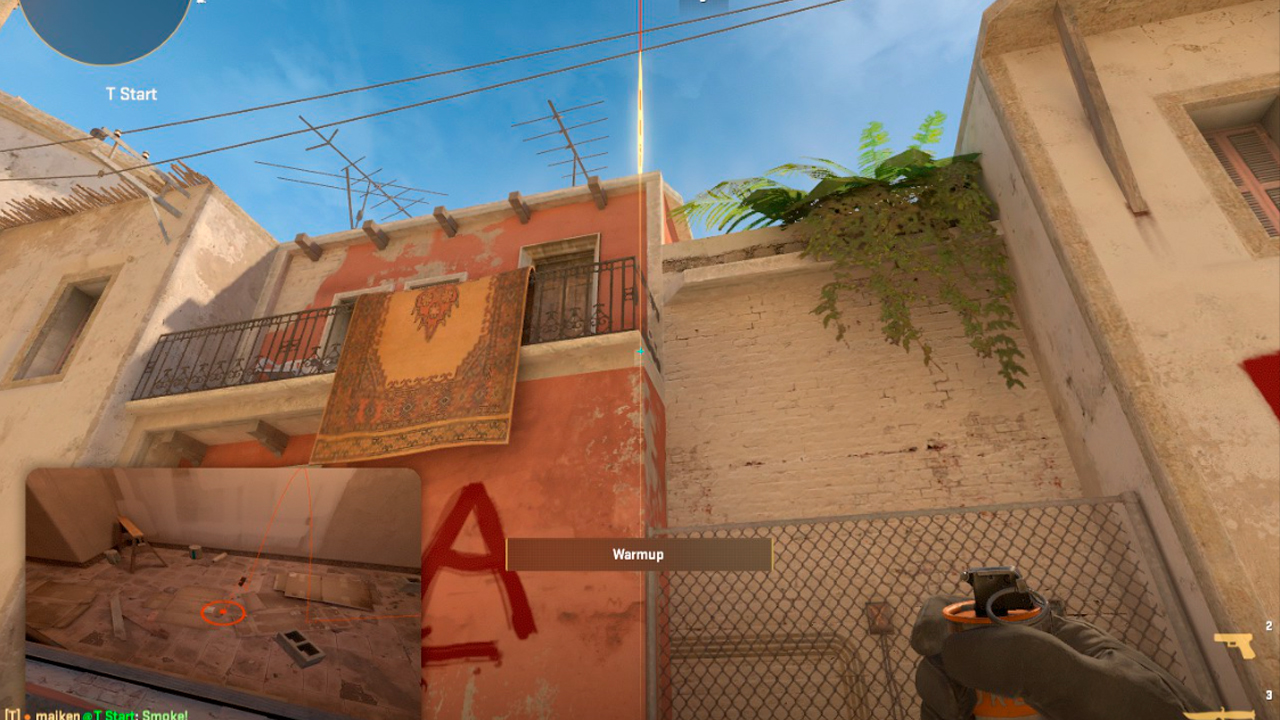
The meta isn’t created overnight. It evolves through a series of changes, discoveries, and adaptations.
The process usually starts with an update. Valve tweaks weapon stats, changes utility behavior, or rebalances the economy. Even the smallest adjustment, a slightly cheaper rifle or a faster reload animation can shift the balance.
read more
Once the game changes, professional players begin to explore new possibilities. A single innovative idea can start a trend. One team might find a new smoke lineup, an effective boost, or a unique approach to a site. If it works consistently, other teams start copying it. Before long, that new idea becomes the standard way to play.
I’ve seen this cycle repeat again and again. When Astralis introduced their structured, utility-heavy playstyle around 2018, it completely changed how teams approached the game. Before that, many squads relied more on raw aim and loose coordination. Astralis proved that grenades could win rounds as reliably as bullets. Suddenly, every team began practicing utility combinations, refining timings, and building their own playbooks.
Then came the counter-meta. Teams studied Astralis and found ways to exploit their structure with faster tempo and early aggression. What worked last month stopped working the next. The game evolved once again.
That’s the beauty of Counter-Strike. The meta never sits still. Every patch, every tournament, and every new idea pushes it forward. It’s a living, breathing reflection of how the best minds in the game think about winning.
The Philosophy Behind the Meta
On the surface, the meta looks like a collection of tactics. But it’s more than that. It’s a reflection of philosophy.
Every era of Counter-Strike has had its own way of thinking about how to win. In the early years, the game was dominated by raw aim and individual brilliance. Players relied on mechanical skill and instinct more than structure. As time went on, the importance of team coordination and strategy grew.
read more
When I think about teams that shaped the modern game, names like gla1ve’s Astralis and karrigan’s FaZe Clan immediately come to mind. They didn’t just follow the meta, they defined it. Their success came from understanding not only how to execute strategies, but why those strategies worked. They recognized the rhythm of rounds, the value of utility, and the importance of controlling information.
The philosophy behind the meta always evolves. Some periods favor slow, methodical defaults where teams gather map control and wait for mistakes. Others reward fast-paced aggression that breaks opponents’ setups before they can react. CS2’s current environment leans toward calculated aggression. Teams mix structured map control with explosive bursts, and individual aim often tips the balance.
Understanding the philosophy behind the meta is key. It helps players grasp why teams make certain choices and how every decision connects to a larger picture.
Why the Meta Matters for Every Player
Even if you only play matchmaking or Faceit, the meta affects you more than you think.
When everyone starts buying the AK instead of the SG553, that’s the meta at work. When the enemy team always takes mid control on Mirage, that’s the influence of pro play shaping casual habits. The meta trickles down from the top levels of competition into every server around the world.
Knowing the meta gives you an edge. It allows you to anticipate what your opponents might do, and it makes your decisions more purposeful. If you understand that most teams prioritize map control over early fights, you’ll position yourself differently and play with more patience.
You don’t have to copy professional players perfectly to benefit from the meta. Simply understanding it changes the way you see the game. You start to recognize patterns. You notice when your opponents follow the same structure as teams you’ve watched. You even start predicting where they’ll be before you see them.
I’ve seen players with average aim rise rapidly just by learning how to play within the meta. They stopped chasing highlight plays and started playing smarter. That’s the true power of understanding the game beyond the crosshair.
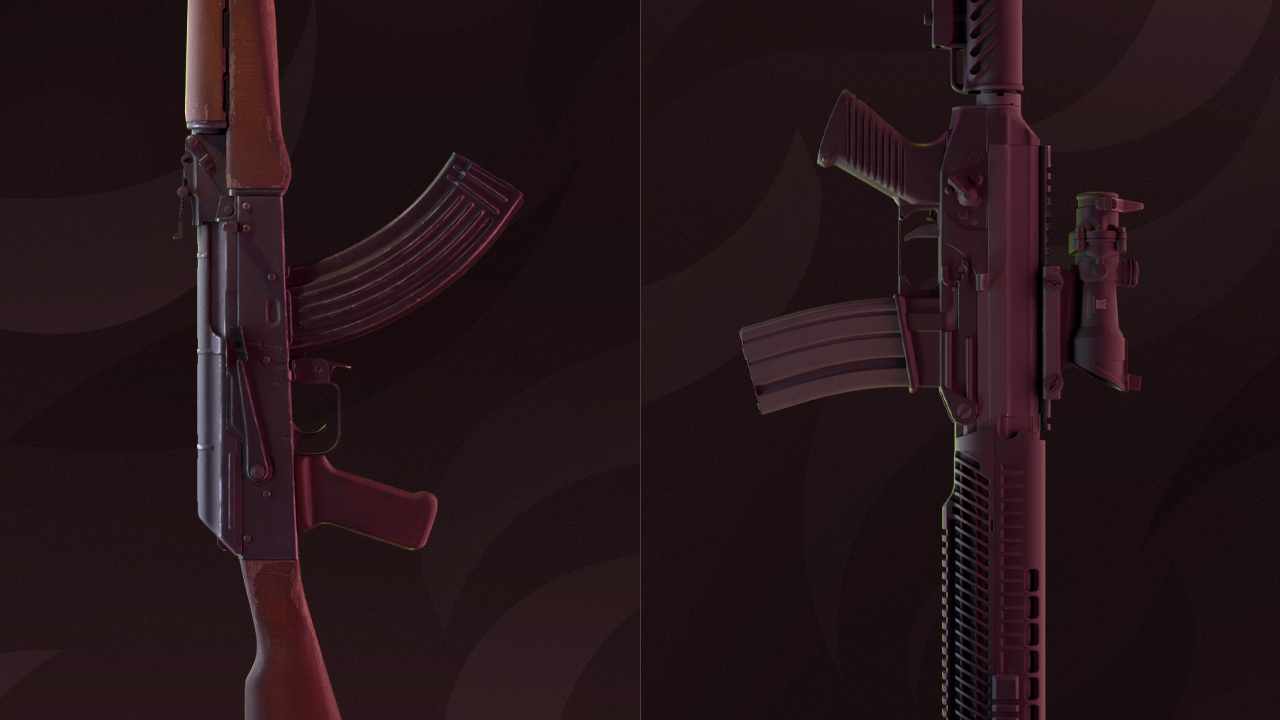
Why the Meta Changes And Why That’s a Good Thing
Counter-Strike has stayed alive for more than two decades because it never stands still. The meta is what keeps the game fresh.
Every change in balance or map design forces players to adapt. Sometimes it frustrates people at first. A new smoke mechanic or gun adjustment might feel uncomfortable. But those changes are what create new possibilities. They challenge teams to rethink their strategies, rediscover old tricks, and innovate again.
The best players and teams aren’t the ones who blindly follow the meta. They’re the ones who understand it deeply enough to bend or break it when the time is right. Players like dev1ce, m0NESY, Brollan or NiKo often redefine what’s possible simply by approaching familiar situations differently.
When a player or a team breaks the meta successfully, it sparks the next evolution. Suddenly, everyone is studying them. Within weeks, what was once “unusual” becomes the new standard.
The constant cycle of discovery and counter-discovery is what makes Counter-Strike endlessly fascinating. It rewards intelligence as much as reflexes and adaptability as much as precision.
Conclusion
The meta is the heartbeat of Counter-Strike. It’s the collective intelligence of every player and every team, shaped by thousands of rounds and endless hours of practice. It tells you what works today but never guarantees it will work tomorrow.
Understanding the meta means understanding the game on a deeper level. It teaches you why pros make the choices they do, how strategies evolve, and what separates great teams from good ones.
Aim might win you fights, but understanding the meta wins you games. The true masters of Counter-Strike aren’t just reacting to what’s happening on their screens. They’re reading the flow of the meta and staying one step ahead.
If the aim is the engine, then the meta is the map. And the best players are the ones who know exactly when to follow it and when to take a new path.





























